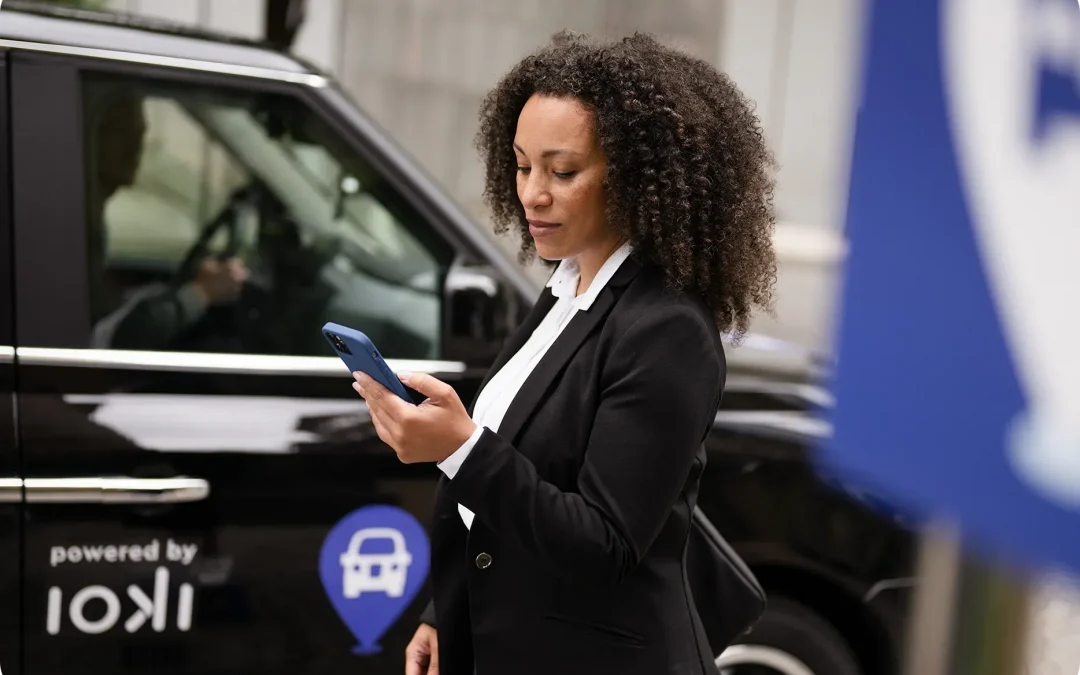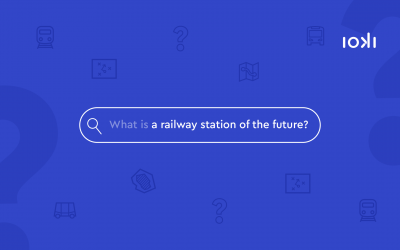DRT is usually combined with the concept of ridepooling. In this new form of mobility, an intelligent algorithm bundles similar travel requests into carpools. This way, several people can use one vehicle at the same time. Other, mostly non-technology-based forms of DRT are services such as the call-collecting taxi or the call-line taxi and call-line buses or volunteer-run community buses.
The use of on-demand mobility or DRT services ranges from covering the first and last mile between one’s own front door and the nearest railway station to supplementing regular bus services. This creates an attractive mobility option especially in rural areas, where previously no or insufficient local public transport services were available. Companies are also increasingly relying on flexible forms of mobility with demand-responsive employee transport services.
Another term for DRT is digital demand responsive transport (DDRT), pointing out the difference between technology-based and earlier forms of on-demand mobility.



